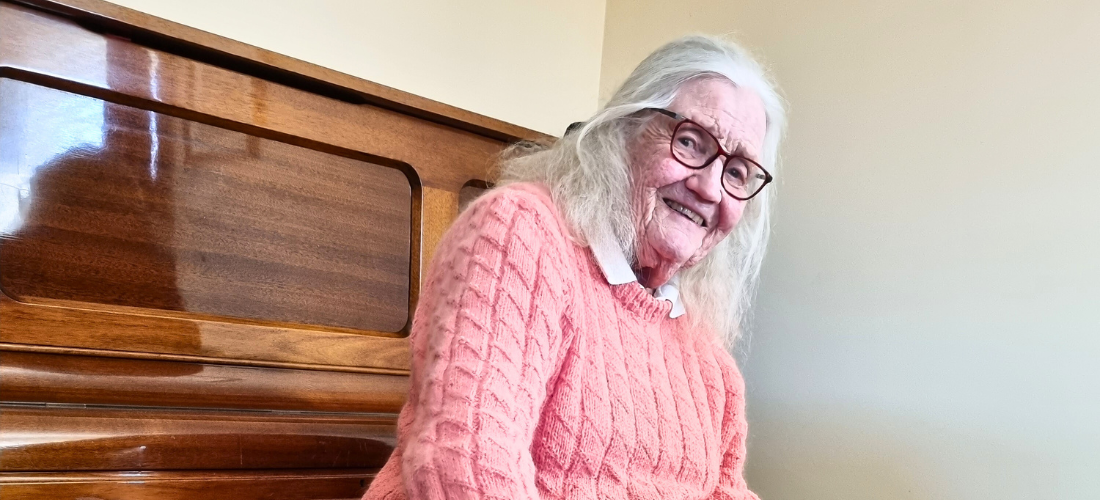Eye injections have saved the sight of thousands of Aussies since this vital treatment arrived here 15 years ago – including Magdalena from the Gold Coast.
When Magdalena from the Gold Coast visited her optometrist for a routine eye exam three years ago, she received a nasty surprise.
Magdalena, 80, was told she had wet age-related macular degeneration (wet AMD) in both eyes.
She was immediately referred to an ophthalmologist, and that very day, she received her first injection.
Magdalena sees her eye specialist every 10 weeks for treatment that saves her sight.
Before this breakthrough arrived in Australia in 2007, most people diagnosed with wet AMD went blind – often rapidly.
Fifteen years later, though, regular injections maintain Magdalena’s vision in both eyes, allowing her to continue driving, reading and seeing her loved ones.
“It was a shock, but it was lucky that we caught it,” Magdalena’s husband Peter says.
“Otherwise, she would’ve just gone blind.”
The cost of sight-saving treatment
Magdalena invests a large chunk of her pension on private health insurance but is still out of pocket many hundreds of dollars per year.
That’s why Magdalena and Peter were alarmed by an independent recommendation to cut the Medicare rebate for eye injections by 69%, which would have made treatment even more expensive.
Since the independent Medicare Benefits Scheme Taskforce tabled this proposal in 2020, MDFA engaged with both the Government and the Opposition to oppose the cut.
We shared an economic modelling report that showed patients’ extra out-of-pocket costs would result in an additional 47,000 Australians losing their vision.
And our political leaders listened to the voice of the macular disease community.
Medicare rebate cut rejected
In a major win for every Australian who depends on eye injections to save their sight, both major political parties have now rejected the Taskforce’s proposal.
“Yippie!” was Peter’s gleeful reaction when he heard the good news.
The proposed Medicare cut didn’t only threaten to cost patients like Magdalena their vision. If an extra 47,000 people went blind, it would have cost the Governments hundreds of millions of dollars, too.
Sight-saving eye injections help many Australians retain their independence and stay in their own home, rather than moving into residential care.
And the PwC analysis confirmed that whatever savings the Government would’ve made from the rebate cut would simply have been passed on as costs to other parts of the healthcare system.
The Government would have had to spend an extra $168 million in primary health, mental health care and early admission to residential aged care, and lose a further $2.6 billion in patient and family carer productivity, if 47,000 people dropped off their vital treatment.
“You know, when someone goes blind, there’s an additional cost for the Government – and I don’t mean the cost of a white stick, I mean all the support that a blind person has to have,” Peter says.
“It would cost them much more to stop funding eye injection treatment than to carry on funding it.”
Posted: 18 May 2022

















